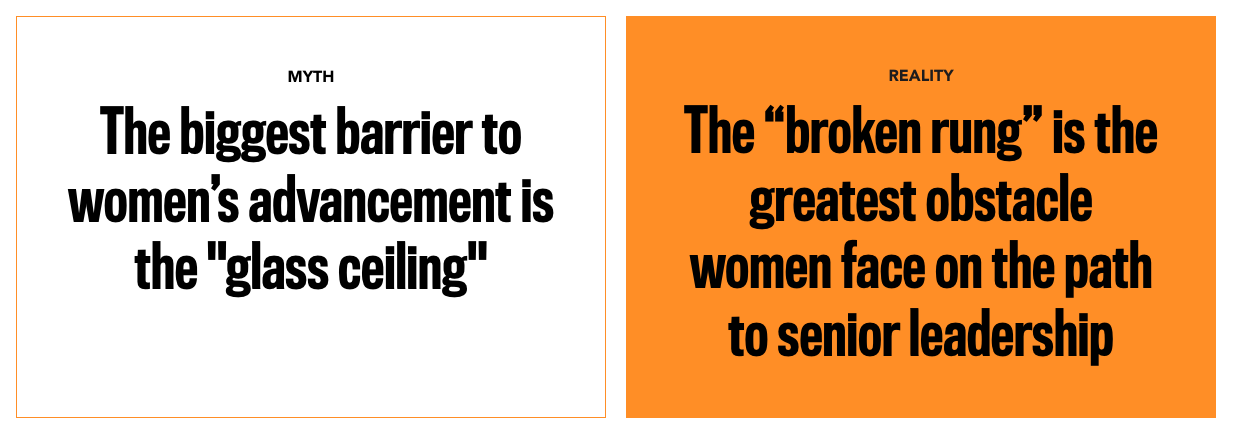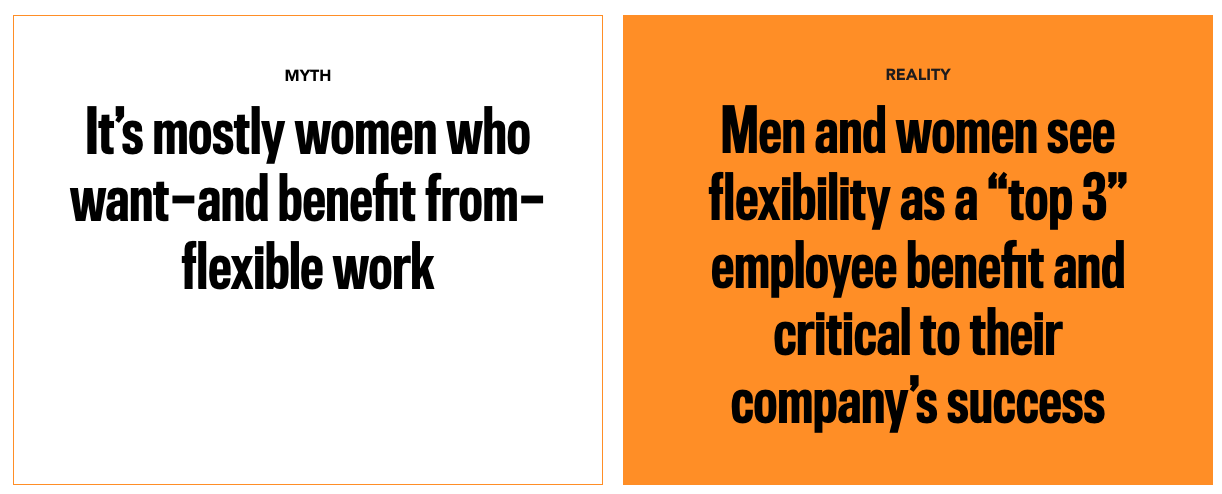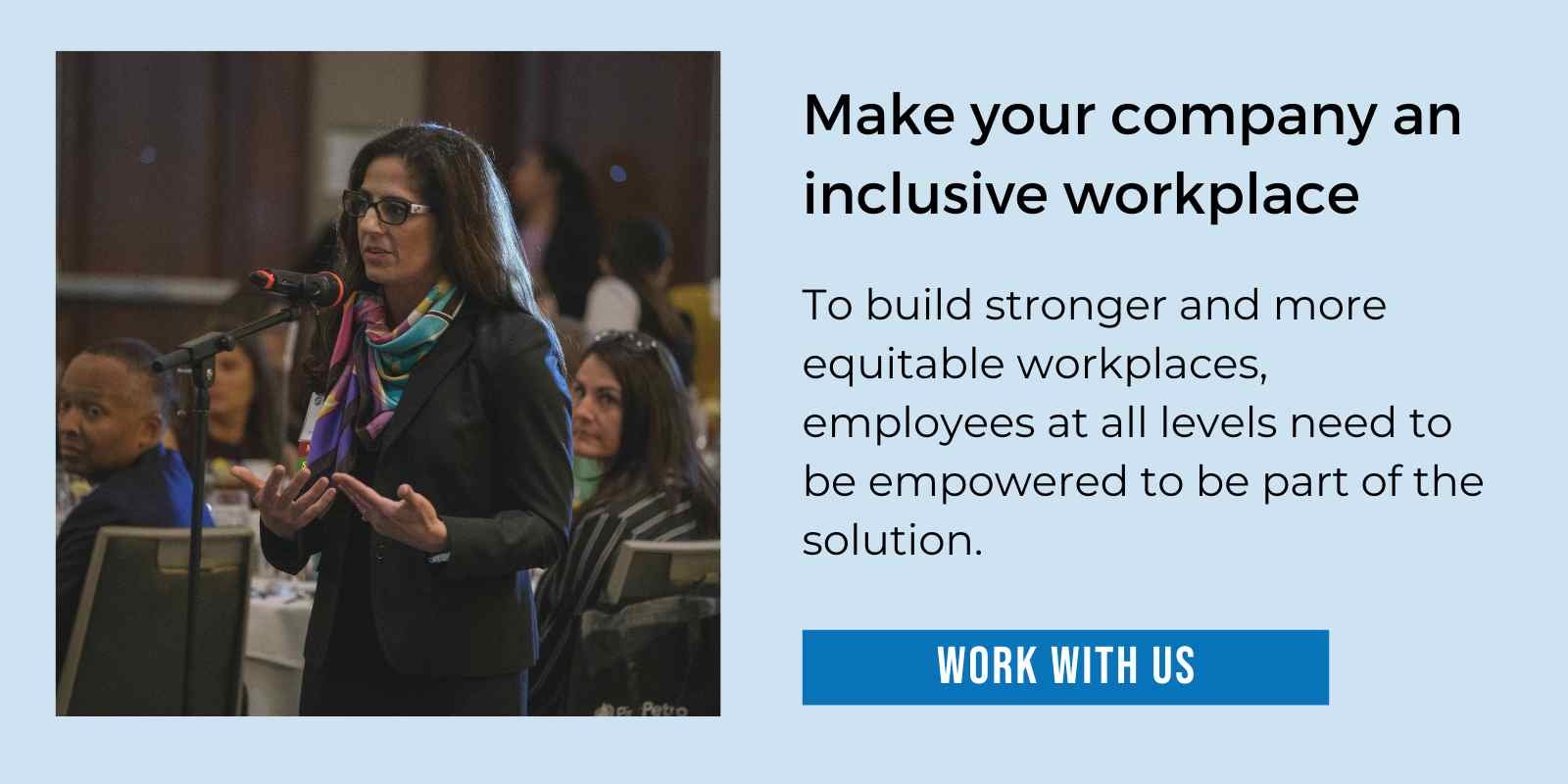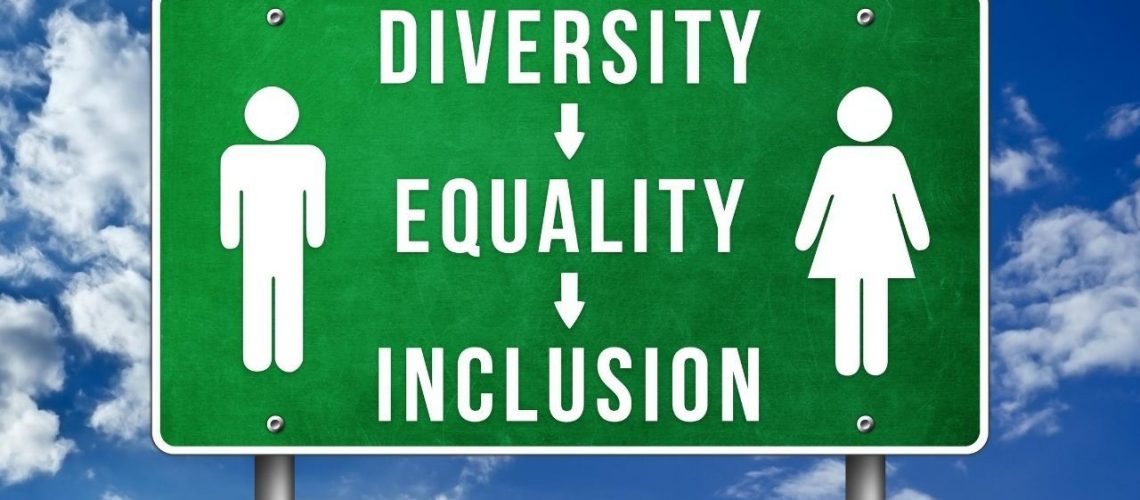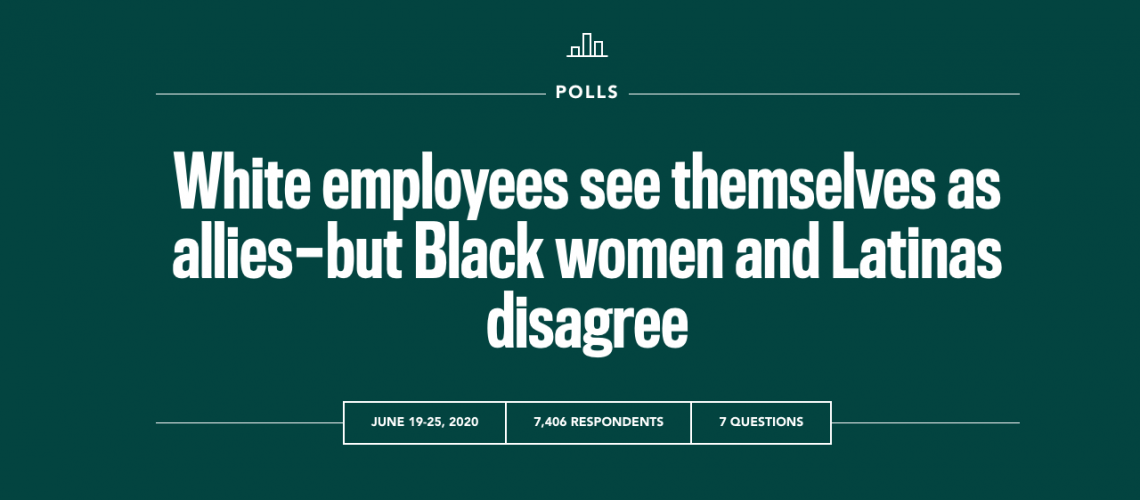The 2023 Women in the Workplace study by LeanIn.Org and McKinsey shows progress yet persistent challenges in gender diversity across 900 organizations. Despite strides, gender bias and the underrepresentation of women in leadership roles hinder further developments. However, the benefits of gender diversity, such as fostering innovation, improving decision-making, and boosting financial performance, underscore the need for overcoming these barriers. Effective strategies mentioned include setting diversity goals, implementing inclusive policies, and investing in diversity training.
The state of women in the workplace is about the same.
Despite gains at the top, women remain underrepresented at all levels
Despite significant strides in corporate gender diversity, women, particularly women of color, continue to be unduly underrepresented across various corporate hierarchies. However, an encouraging trend emerges at the highest leadership levels. From 2015 onwards, we've seen a significant increase in women's representation in the C-suite, from 17 to 28 percent. There is also a notable improvement in the representation of women at the Vice-President and Senior Vice-President levels. However, these optimistic advances are precarious. For women in managerial and directorial positions, progress has been sluggish, leading to a frail middle section in the corporate pipeline that affects the majority of women in corporate America.
Moreover, the phenomenon known as the "Great Breakup" persists for women at directorial levels, leaving the corporate world at a rate noticeably higher than their male equivalents and higher than in previous years. This dynamic leads to a reduced number of women queuing for top positions. Key findings indicate that women account for roughly one in four leaders in the C-suite, while women of color represent just one in sixteen. Women of color experience the most drastic drop in representation from entry-level to C-suite positions, with their representation plummeting by two-thirds as they ascend the corporate ladder.
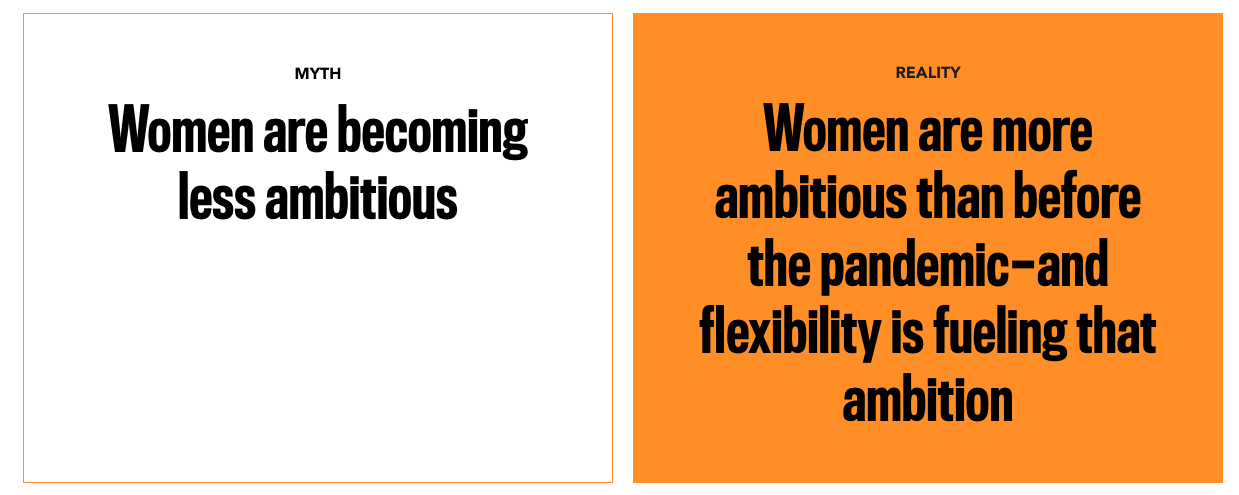
Myth 1: Women are less ambitious than men in their careers.
The research contradicts this claim, showing that women at all corporate levels are as committed and eager for promotion as men. Particularly at the director level, both genders show equivalent interest in senior leadership roles. Furthermore, the study reveals that flexible work arrangements, such as hybrid or remote work, do not dampen women's ambitions. In fact, one in five women credits such flexibility for helping retain their jobs or avoid reducing their work hours. Additionally, many women in hybrid or remote roles cite lower fatigue and burnout as a significant benefit. Some additional key findings:
- Young women are especially ambitious: 9 in 10 women ages 30 and under want to be promoted to the next level, and 3 in 4 aspire to become senior leaders.
- Women of color are even more ambitious than women overall: 96% say that their career is important to them, and 88% want to be promoted to the next level.
Myth 2: The "glass ceiling" is the primary obstacle preventing women from reaching senior leadership.
The data paints a different picture. For the ninth consecutive year, women's greatest impediment to advancement occurs at the initial critical step up to manager. For every 100 men promoted from entry-level positions to manager, only 87 women get promoted. Alarmingly, this gap is widening for women of color.
- Because of the broken rung, in a typical company, men end up holding 60% of manager-level positions, while women hold just 40%. As a result, there are fewer women to promote to director, and the number of women decreases at every subsequent level.
- Progress for early-career Black women remains the furthest out of reach. This year, for every 100 men promoted from entry-level to manager positions, only 54 Black women were promoted. After rising to 82 in 2020 and 96 in 2021 —likely in response to a heightened focus on their advancement—the promotion rate for Black women to manager has fallen back to lower than it was in 2019.
 Myth 3: Microaggressions against women in the workplace are rare or exaggerated. The voluminous years of data present a markedly different reality.
Myth 3: Microaggressions against women in the workplace are rare or exaggerated. The voluminous years of data present a markedly different reality.
Women experience microaggressions at a significantly higher rate than men. They are twice as likely to be interrupted, have their ideas dismissed, or face comments on their emotional state. This dynamic is even more pronounced for women with traditionally marginalized identities, who encounter these slights more often and in more demeaning forms. As a result, the workplace morphs into a mental minefield for many women, affecting their morale, productivity, and ultimately, their career progression.
- Asian women are 7x more likely than white women and men to be mistaken for someone of the same race and ethnicity.
- Black women are 3x times more likely than white women and men to have to code-switch.
- LGBTQ+ women are 5x more likely to hide aspects of their personal lives and more than 2.5x more likely to worry about appearing professional than women and men overall.
- Women with disabilities are far more likely to feel like they have to perform perfectly without being judged than women overall.
- Women who experience microaggressions struggle to feel psychologically safe and “self-shield” by muting their voices, code-switching, or hiding important aspects of themselves. The stress caused by all this cuts deep: they are 4x more likely to almost always feel burned out and 3x more likely to think about leaving their companies.
Myth 4: Workplace flexibility is merely an added perk for some employees.
The reality is that workplace flexibility is highly valued by nearly all employees. A significant number of both women and men cite the primary benefits of remote work as increased efficiency and productivity, improved work-life balance, and reduced fatigue and burnout.
- For women, working hybrid or remote is about a lot more than flexibility. When women work remotely, they face fewer microaggressions and have higher levels of psychological safety.
- It’s not just women who see tangible upsides with remote work. 29% of women and 25% of men who work remotely say one of the biggest benefits is having fewer unpleasant interactions with coworkers. Even more—53% of women and 36% of men—point to reduced pressure around managing their personal style or appearance.
- Half of women and a third of men point to “offering significant flexibility in when and where employees work” as a top-three factor in their company’s future success.
Need help?

